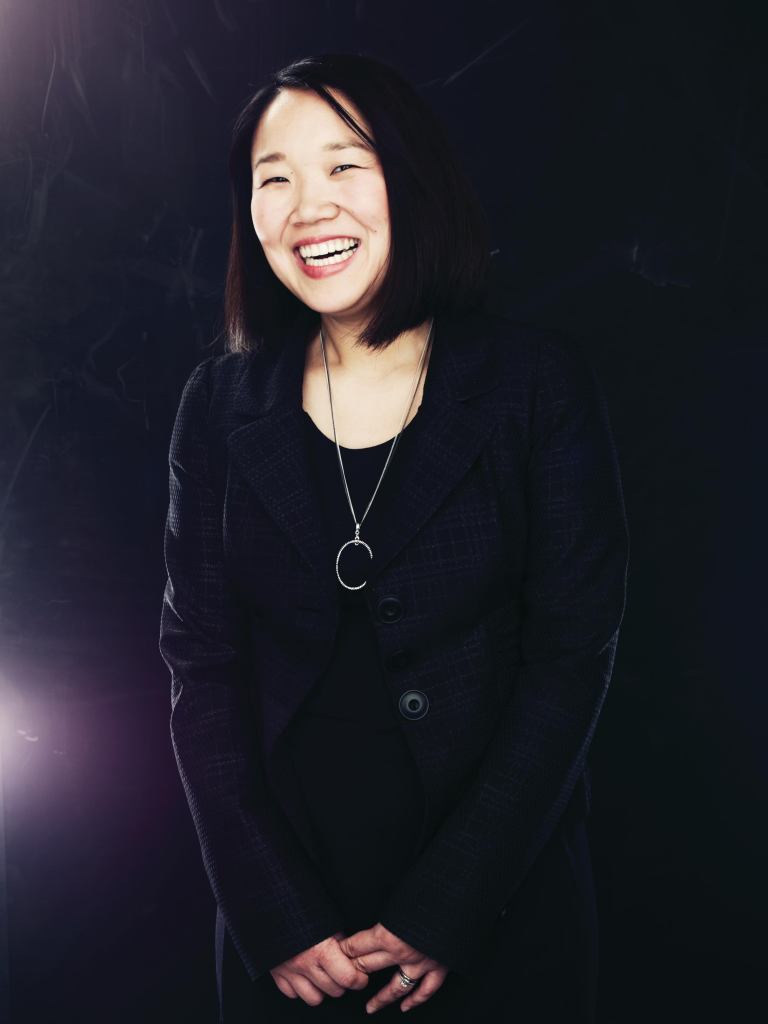The venerable practice of SmithGroup—formerly Smith, Hinchman & Grylls, and before that, a family business founded by one Sheldon Smith in 1853—knows a thing or two about surviving a downturn. After shaping Detroit’s skyline in the 1920s, the firm got hollowed out by the Great Depression, shrinking from 250 people to six (four principals, an office boy, and a secretary). But university and automotive work pulled the company through—as did the repeal of Prohibition, which brought a string of distillery projects to its door.
The current recession has been less painful. SmithGroup president and CEO Carl Roehling, FAIA, and chairman David King, FAIA, attribute that to the firm’s careful balance between diversity and specialization. SmithGroup concentrates on four primary markets: healthcare, higher education, science and technology, and workplace. Four is enough that they’re never all down at the same time (or to the same degree), yet not so many that expertise is spread thin. “We’ve been very good at exercising self-discipline,” King says.
Back in the early 1990s, Smith, Hinchman & Grylls had three offices and did 90 percent of its work in the Midwest. “There was a crossroads we saw: We were going to be a highly specialized local company, or we were going to become a national and international organization, doing the large, complex work we like to do,” Roehling explains. No points for guessing which road the firm chose. From 1996 to 2001, the firm more than tripled its revenue via a series of strategic mergers. By the end of that period, it had more than 1,000 employees and was known as SmithGroup.
Model Employee: Jamie Lee
33-year-old Jamie Lee is a newly licensed architect in SmithGroup’s Washington, D.C., office. She was born in Taiwan and grew up in Northern Virginia. After receiving her M.Arch. in 2005 at the Harvard Graduate School of Design, Lee wanted to return home and “have some impact on the built environment of D.C.”
Working in the office’s learning studio, Lee has developed a passion for higher-ed design. “I like working with the client,” she says. “The thing that’s great about schools [is], they all have academic missions and visions. It’s nice to provide them with a physical structure that embodies their vision.”
It was also during this period that SmithGroup crafted its first environmental policy and designed the Chesapeake Bay Foundation’s headquarters in Annapolis, Md., the very first LEED Platinum building. The firm continues to design “deep green” buildings, but King credits its cultural embrace of sustainability to people—such as corporate sustainable design co-leaders Russell Perry, FAIA, and Greg Mella, AIA—rather than specific projects or checklists.
Unusually for a major American architecture firm, SmithGroup does less than 10 percent of its work overseas. That may well change, if the scale of one current overseas project is indicative: a 4.6 million-square-foot R&D facility in the city Changchun for China’s First Automotive Works. Roehling is forthright about what is likely to happen over the next several years. “We’re actively looking for ways to reposition the company for the future,” he says. “That, in my mind, is having a global footprint.”
